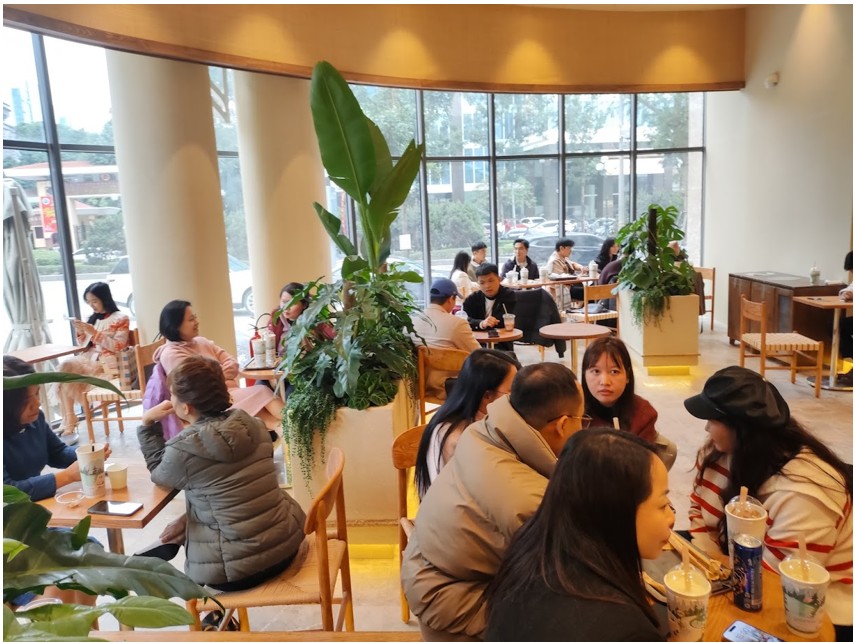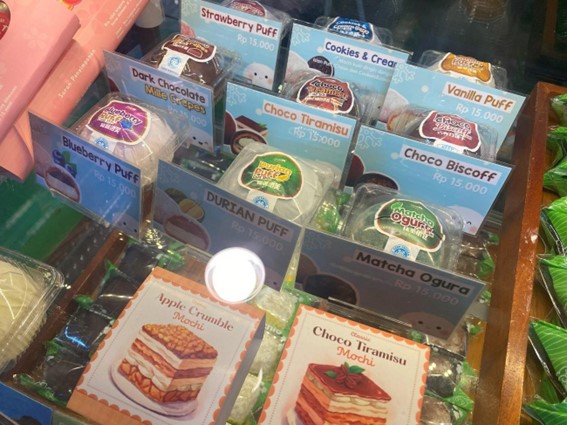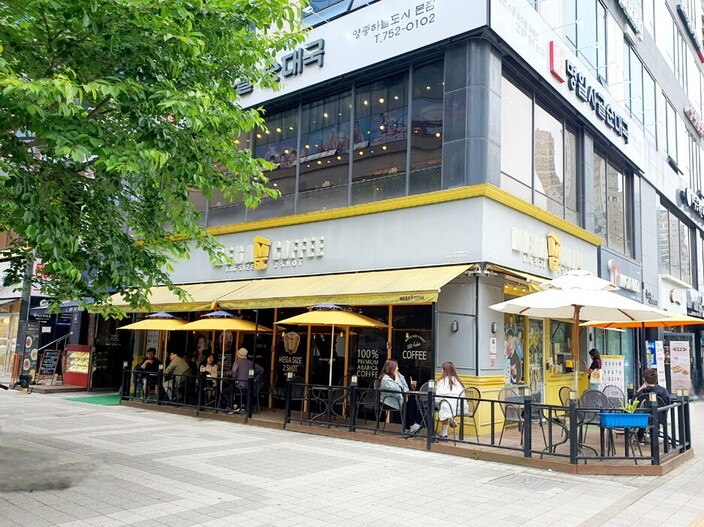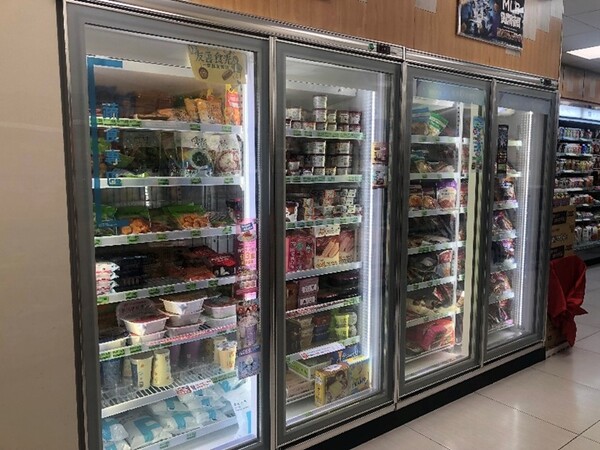[Generation Z in Asian Countries] Indonesia: Fusion Coffee and My Bottle Supported by Generation Z
- Release date: Aug 08, 2025
- Update date: Aug 08, 2025
- 2459 Views
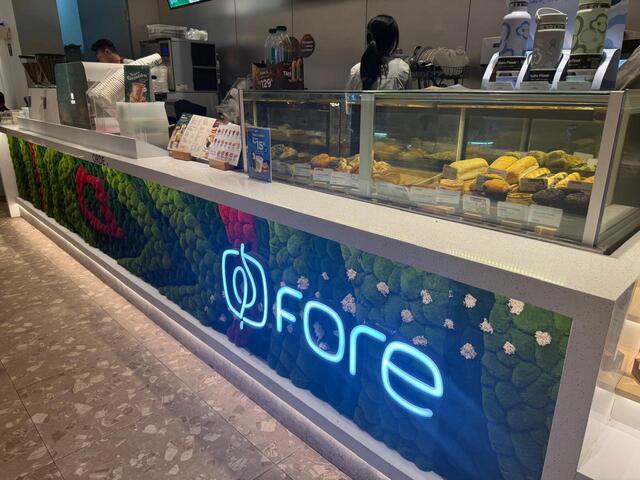
Fusion coffee made with natural ingredients
Fusion coffee is basically a cold drink, and typical menu items include Kopi Keju (cheese coffee), Kopi Matcha (matcha coffee), Rose Coffee, and Kopi Jeruk (orange coffee).
Cheese coffee is a sweet coffee latte topped with whipped cheese, and the sweetness, bitterness, and saltiness of the cheese surprisingly harmonize well to create a delicious flavor. Orange coffee is also sold as an instant drink, and many people enjoy it at home.
Fusion coffee has actually existed in various regions of Indonesia for a long time. However, it was the Indonesian-based coffee chain “Excelso,” established in 1991, that popularized it nationwide. Even before the Fusion Coffee boom among Generation Z, the chain had been offering unique menu items such as avocado coffee. In February 2025, the chain launched its “Natural Series” using domestically produced organic beans and cane sugar, expanding its menu to cater to a wide range of age groups.
For Generation Z, the most familiar fusion coffee brand right now is Fore Coffee, which was founded in 2018.
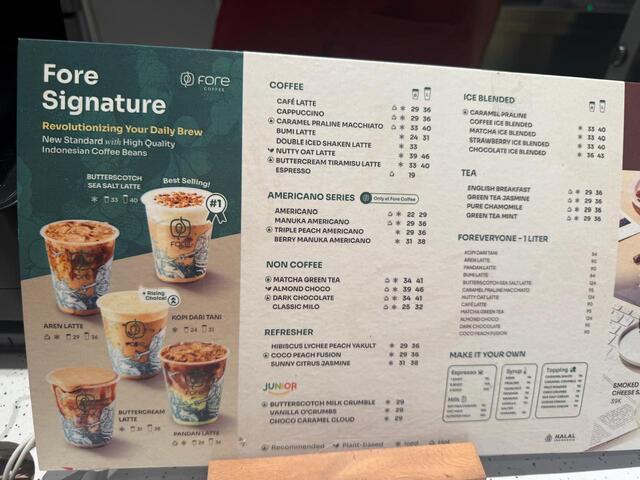
Priced between IDR 20,000 and IDR 30,000 (approximately 180-270yen), this mid- to low-priced chain has stores in malls, office districts, and train stations. The name “Fore” comes from “forest,” and the stores feature simple, modern interiors with white and green color schemes. Many of the stores are small and specialize in drinks. The focus is on takeout, with both hot and iced drinks served in recyclable, high-quality cups.
At Fore Coffee, customers can receive a discount of IDR 3,000–5,000 (approximately 27–45 yen) by bringing their own reusable bottle, earning the café high praise for its environmental considerations. Initially, the café did not gain much attention due to its basic menu, but the introduction of its signature product, the “Butterscotch Sea Salt Latte,” captured the hearts of Generation Z and propelled the café to sudden popularity.
In 2024, the company began expanding into Southeast Asia, including Singapore, and in April 2025, it was listed on the IDX (Indonesia Stock Exchange). As of June 2025, it has 216 stores in 43 cities.
Other popular menu items include the “Iced Gula Aren Latte” made with palm sugar, the “Iced Pandan Latte” flavored and colored with pandan leaves (known as “the vanilla of the East” for its pleasant aroma), and the “Shake Shake Latte,” where the sweetness and flavor can be adjusted by the number of shakes.
Cheese cookies and Oreo crumbles are also standard menu items. Limited-time offerings are also popular, with many unique combinations such as “Banana Butter Latte” and “Triple Peach Americano.”
This free-spirited approach, which makes you wonder, “Is this even coffee?” is popular among Generation Z, and coffee is now enjoyed as a flavor or part of a dessert. With Generation Z, the very concept of coffee in Indonesia is beginning to change.
My Bottle Reflects the Values of Generation Z
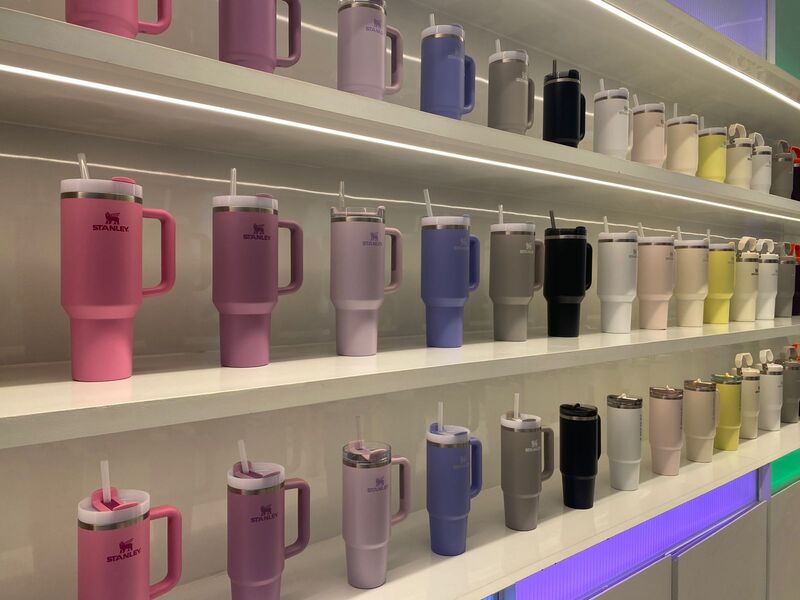
For Indonesia's Generation Z, reusable bottles are not just containers for drinks, but also fashion items that express their environmental awareness, lifestyle, and individuality. Survey results show that bringing reusable bottles has already become a part of everyday life, especially in Jakarta.
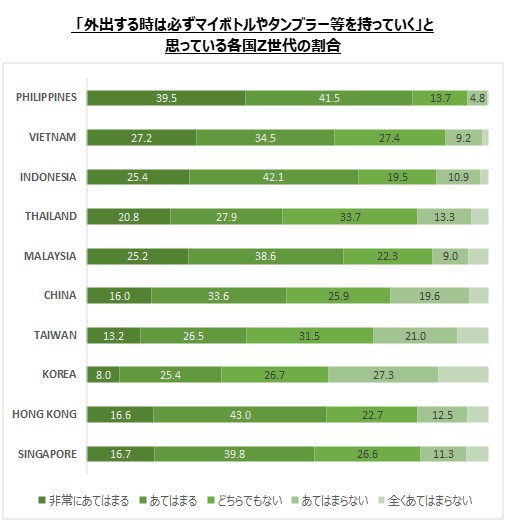
Intage Global Viewer Banner:D10S2. Attitudes and values regarding beverages (SA):
When going out, always bring a water bottle, tumbler, etc.
*About Global Viewer
This service provides reports tailored to your issues using questionnaire data on various actual conditions and attitudes of sei-katsu-sha in 11 countries (Asia and US) stocked by INTAGE.
The service covers 400 items, including actual behavioral conditions and awareness, values, and information contact related to various product and service categories.
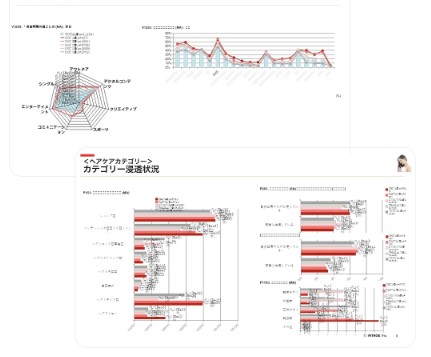
In the Philippines, Malaysia, and Vietnam, more than 20% of respondents answered “very applicable,” and relatively high percentages were also seen in Southeast Asian countries other than Indonesia.
One reason for this is that tap water is not suitable for drinking. Another reason is that the climate is hot and humid throughout the year, making it essential to stay hydrated. It is necessary to drink water frequently, but buying bottled water every time can be a significant financial burden.
Furthermore, in Indonesia, the infrastructure for vending machines and convenience stores is not as developed as in Japan, making it difficult to purchase beverages conveniently while out and about. As a result, reusable water bottles are a practical solution for ensuring access to water while on the go.
In fact, water dispensers are installed in many public facilities and waiting rooms, including schools, offices, government offices, hospitals, and beauty salons, providing an environment where water can be freely consumed. While paper cups are also available, many people refill their own bottles. Additionally, while bringing bottled drinks into movie theaters and amusement facilities is prohibited, personal water bottles are often permitted, contributing to their widespread adoption for convenience.
For Generation Z, personal water bottles have been a commonplace item since childhood and are already deeply ingrained as a habit. However, for Generation Z, personal water bottles are not merely practical items. They serve as a means of demonstrating environmental awareness and also have a strong aspect of fashion and self-expression. People place importance on color and shape, viewing them as accessories that reflect their individuality, personality, and even status.
Among Generation Z office workers, it has become common for both men and women to bring their own water bottles.
Additionally, many people engage in fitness, yoga, or Pilates after work, and it has become a common sight to see them refilling their reusable water bottles before heading out.
Against this backdrop, high-end stainless steel tumbler specialty stores are opening one after another in shopping malls, with Gen Z members actively seeking out designs that suit their preferences. Among these, “Hydro Flask” and “Stanley” are particularly popular.
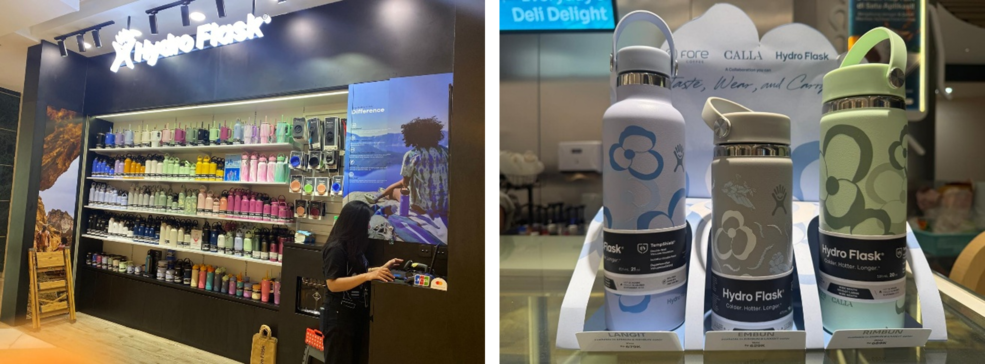
Hydro Flask
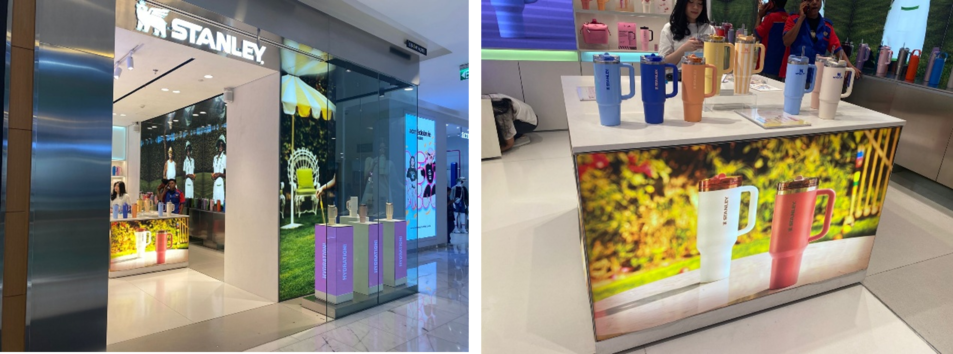
Stanley
While Starbucks tumblers cost around 4,000 to 5,000 yen, Hydro Flask and Stanley tumblers are priced at IDR 630,000 to 900,000 (approximately 6,000 to 8,500 yen), which is a higher price range, yet they are still popular.
These brands were once limited to high-end shopping malls in Jakarta, but in recent years, they have expanded to regional cities such as Surabaya and Bali.
One difference from Japan is that in Indonesia, reusable bottles were traditionally seen as being exclusively for water. However, recently, there has been a growing trend, particularly among the Z generation who prefer cold drinks, to use stainless steel bottles to keep coffee and other beverages cold, indicating a broader range of uses.
Local coffee shops also start offering discounts for bringing your own bottle
Starbucks in Indonesia has been holding “Tumbler Day” (my bottle discount day) every month, but for a long time, few people knew about it. However, in recent years, thanks to promotions via chat apps and social media, the number of users has been gradually increasing. On Tumbler Day, bringing your own tumbler entitles you to a 30-50% discount on drinks, which has had a significant impact on those who felt that Starbucks was too expensive to buy on a regular basis.
Until now, Starbucks was one of the few places offering discounts for bringing your own bottle, but recently, similar initiatives have spread to mid-priced local coffee shops as well, with the following stores also participating in addition to Fore Coffee.
●Point Coffee
A discount of IDR 2,500 (approximately 22 yen) is available every day, regardless of the type of bottle.
●Kopi Kenangan
Bring your own bottle and receive a 20% discount from Monday to Thursday.
●Toko Kopi Tuku
A unique discount system based on purchase volume is in place. For purchases of 200ml or more, a discount of IDR 100 (approximately 1 yen) per ml is applied, regardless of bottle type. Some customers bring large-capacity bottles of around 1.5 liters and share them with others.
These cafes are mostly located in shopping malls and office buildings catering to Jakarta's middle class, offering prices that are cheaper than Starbucks (around 200 to 300 yen) yet slightly higher than street stalls or mobile vendors, striking a perfect balance. This approach, which combines affordability with environmental considerations, has resonated with Generation Z.
Originally used for water conservation and hydration, reusable water bottles have seen increased diversification in their use by Generation Z, leading to growing demand for stainless steel and high-end branded models. While previously focused on large capacity and functionality, future trends are likely to see greater differentiation based on lifestyle preferences and bag size. The reusable water bottle culture among Generation Z remains a trend worth watching.
Related Article: Understanding Overseas Gen Z Characteristics: Country-Specific Trends in Values and Lifestyle (Singapore, Hong Kong, South Korea, Taiwan, China, Malaysia, Thailand, Indonesia, Vietnam, Philippines)
Using a large consumer database, we identify characteristics and trends among Gen Z in each country and present them in a summary article.
You can also view information on Gen Z in other countries.
Countries Covered: Singapore, Hong Kong, South Korea, Taiwan, China, Malaysia, Thailand, Indonesia, Vietnam, Philippines
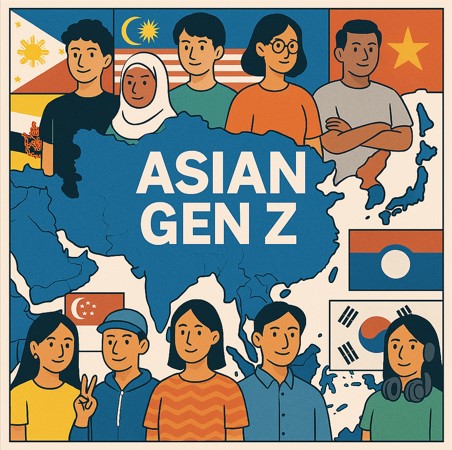
-
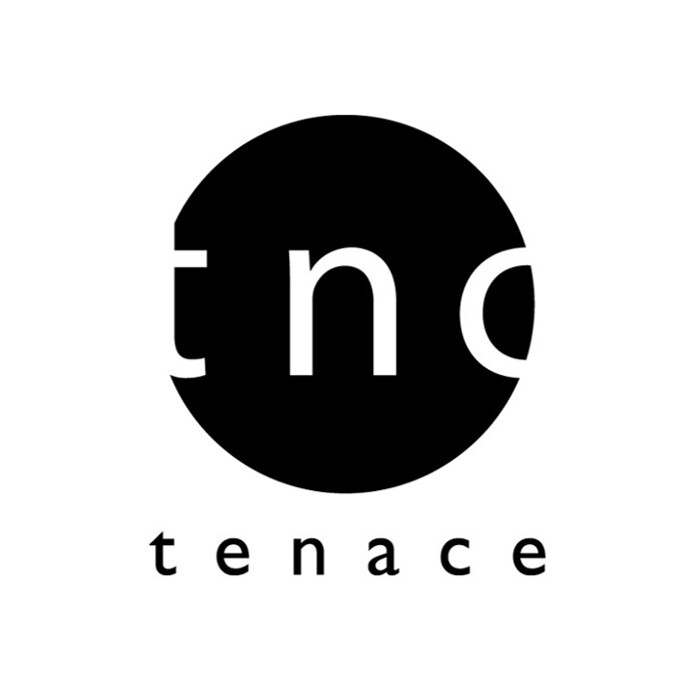
Author profile
TNC Lifestyle Researcher
I have been living in Indonesia for 20 years. I live with my Indonesian husband and two children, and I share information about Jakarta's food, beauty, and lifestyle. I love coffee and am always on the lookout for new cafes in Jakarta.
-
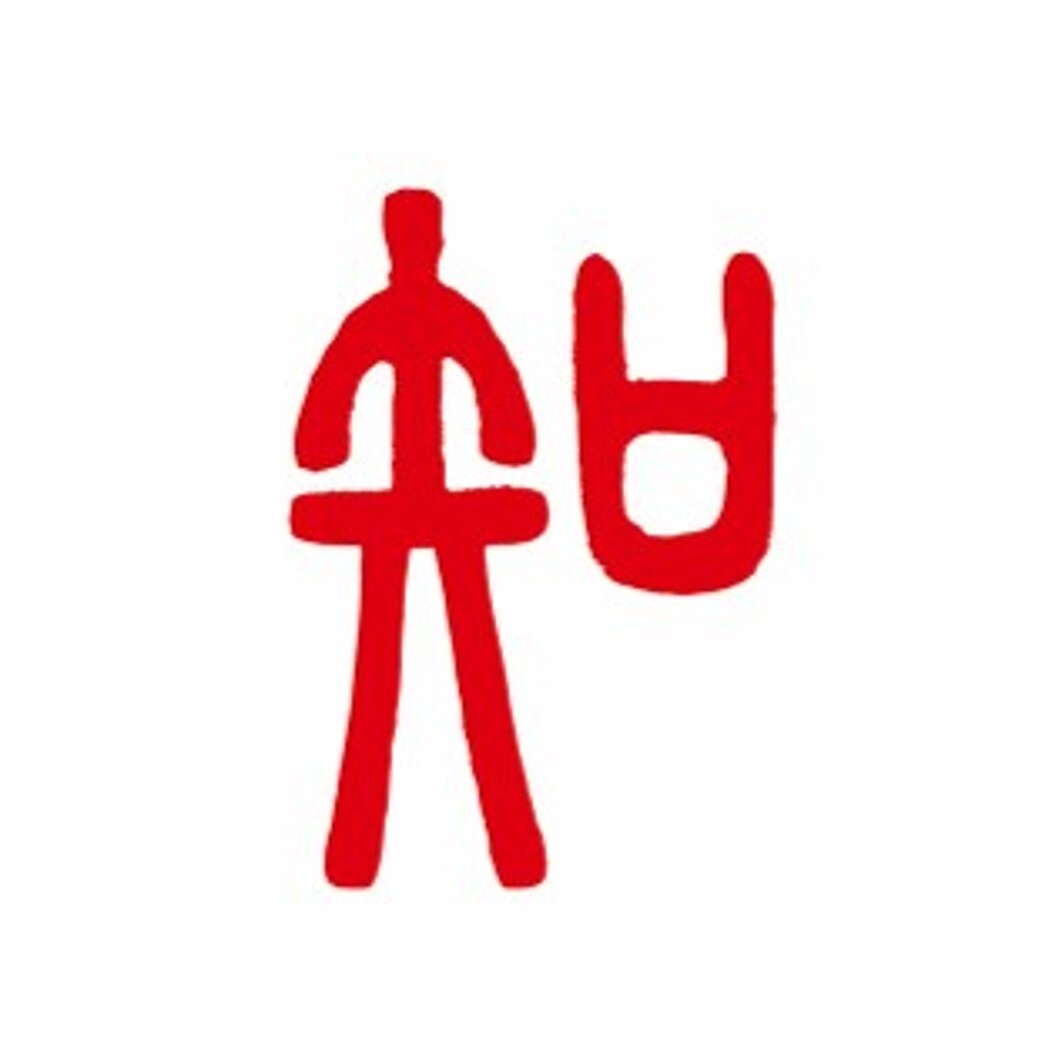
Editor profile
Chew Fong-Tat
Malaysian researcher who has lived in Japan for 14 years and has handled many surveys on ASEAN countries.
 Global Market Surfer
Global Market Surfer CLP
CLP
